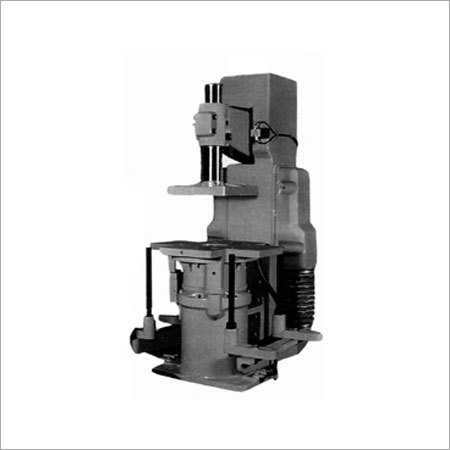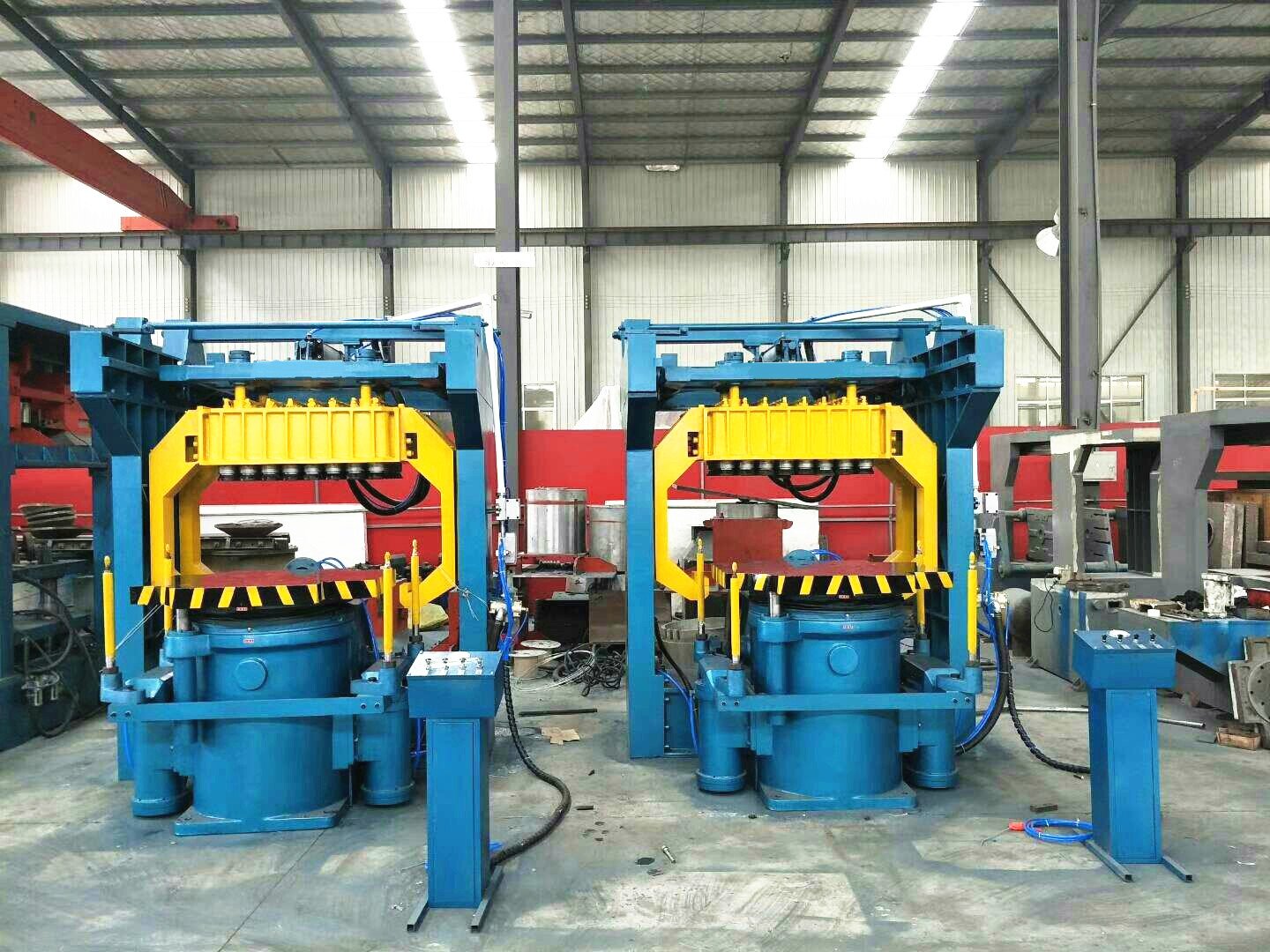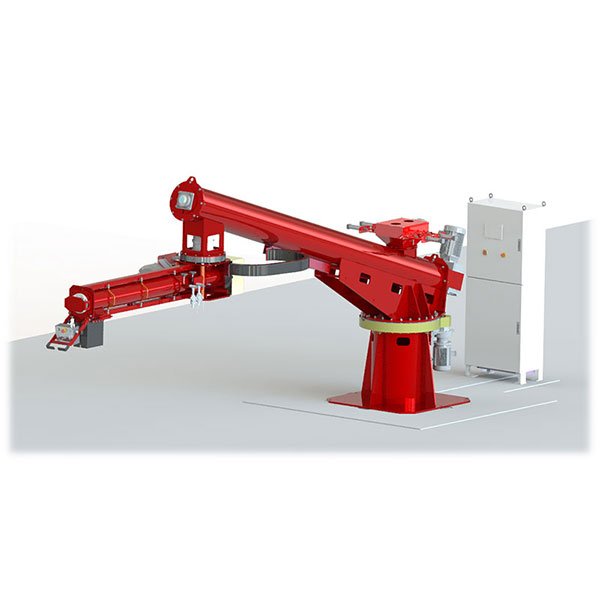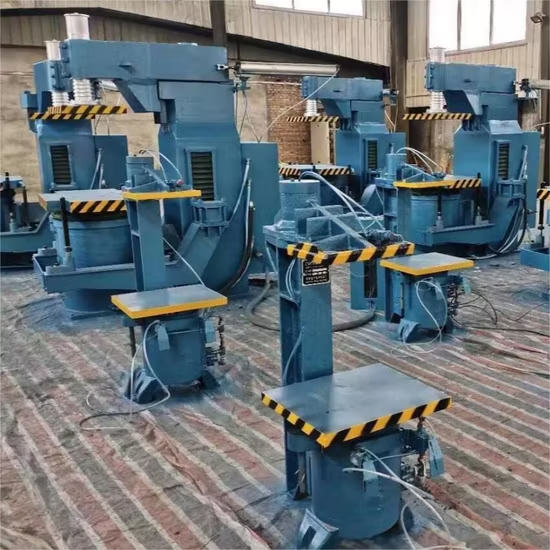
A cheap foundry machine might look like a good deal on paper. But after working with different plants and maintenance teams over the years, I've seen time and again: what you save upfront, you pay back many times in breakdowns, scrap, and lost time.
High-quality foundry machines reduce downtime, lower maintenance costs, improve energy efficiency, and cut scrap rates—giving you a far better return on investment in the long run.
If you’re a plant manager or procurement head, looking beyond the initial price is crucial to keep your operations stable and profitable.
The Hidden Cost of "Cheap" Foundry Machines
At first glance, saving $20,000 on a machine feels smart. But what about the costs you don’t see in the purchase contract?
- More frequent breakdowns that halt production
- Extra maintenance hours and spare parts
- Higher scrap rates and rework
- Increased energy bills from inefficient designs
- Lower overall equipment lifespan
When a machine stops in the middle of a busy production cycle, the actual cost is far more than the repair bill—it’s delayed deliveries, unhappy clients, and overtime pay to catch up.
Understanding Total Cost of Ownership (TCO)
The purchase price is just the start. TCO considers every cost you'll face over a machine's entire service life.
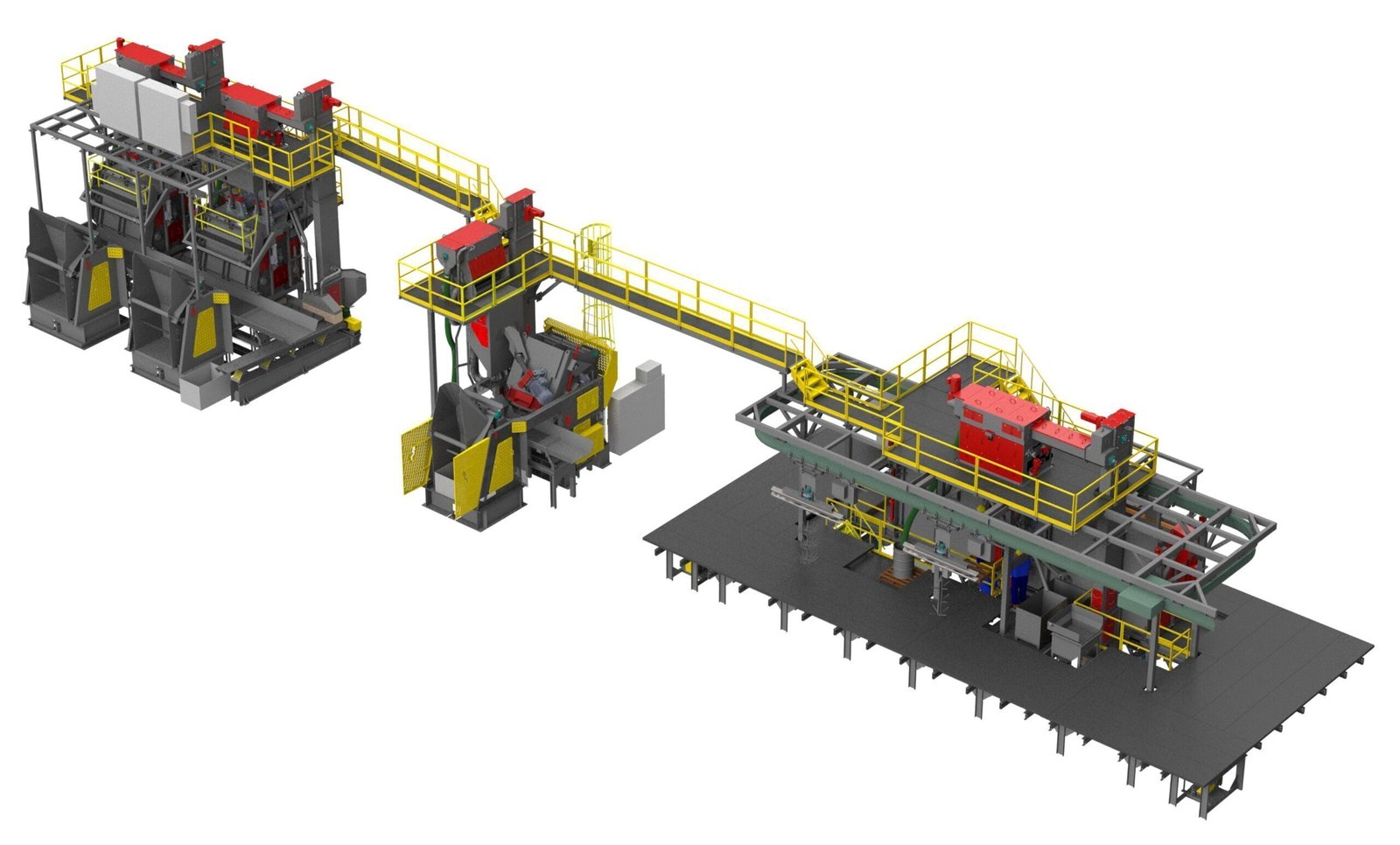
| Cost Component | What It Includes |
|---|---|
| Initial Cost | Machine price, delivery, installation |
| Maintenance | Planned servicing, emergency repairs, spare parts |
| Downtime | Lost production time and missed orders |
| Energy Use | Daily operating costs, electricity consumption |
| Scrap/Rework | Cost of defective or rejected parts |
A cheaper machine might seem like a bargain until you add up hidden losses from downtime and poor product quality. In many cases, a "budget" machine becomes more expensive within a couple of years.
How Quality Machines Save Money Over Time
From my experience, the most reliable foundries invest in machines that perform consistently over the long haul. Here’s why:
Built to Last
- Robust frames and high-quality components handle heat, vibration, and wear better.
- Longer service life reduces replacement cycles.
Less Downtime
- Better engineering and higher quality control reduce unexpected stops.
- Higher mean time between failures (MTBF) keeps production lines moving.
Lower Maintenance Costs
- Durable components need fewer replacements.
- Simplified maintenance procedures save labor and time.
- Access to reliable technical support and quick spare part supply.
Better Casting Quality
- More precise molding and temperature controls.
- Fewer defects mean less scrap and rework.
- Consistent quality strengthens customer trust and reduces claims.
Energy Efficiency
- Efficient motors, modern control systems, and optimized heating elements lower utility bills.
- Automation minimizes idle time and energy waste.
| Factor | Low-Cost Machine | High-Quality Machine |
|---|---|---|
| Lifespan | 3–5 years | 10–15 years |
| Maintenance Issues | Frequent | Rare |
| Scrap Rates | 5–8% | <2% |
| Energy Consumption | High | Lower, optimized |
| Downtime Costs/Year | ~$20,000+ | <$5,000 |
Real-World Example: ROI in Practice
One customer in the automotive casting sector switched from budget machines to a higher-grade automatic molding line.

Results after 12 months:
- Downtime reduced by 80%
- Defect rates dropped from 6% to under 2%
- Energy costs lowered by nearly 25%
- Payback period: about 14 months
By the second year, savings on scrap and energy alone exceeded the initial price difference.
Risks of Choosing Cheap Machines
Low-cost machines can sabotage more than your budget.
- Frequent Failures: Stops at critical moments cause production chaos.
- Variable Quality: Inconsistent castings lead to returns and rework.
- Higher Operating Costs: Older or inefficient designs consume more power and resources.
- Weak Support: Lack of spare parts or technical assistance delays repairs.
| Hidden Risk | Impact on Business |
|---|---|
| Frequent Downtime | Lost orders, strained teams |
| High Scrap Rates | Wasted materials, profit loss |
| Poor Tolerances | Client complaints, rejections |
| Safety Issues | Increased accident risks |
What to Check Before Buying a Machine
Not every expensive machine is high-quality. Focus on real value indicators.
- Structural Integrity: Heavy-duty frames, quality seals, heat-resistant materials.
- Certifications: CE, ISO 9001, or industry-specific standards.
- Supplier Support: Availability of parts, local service network, operator training.
- Customization Options: Flexibility for future upgrades or process changes.
- Ease of Use: Intuitive controls, diagnostics, and maintenance access.

Conclusion: Think Long-Term
A machine that seems cheap today can cost far more in lost production, rework, and energy over the years. Investing in high-quality foundry equipment protects your margins, product quality, and brand reputation.
When evaluating your next purchase, focus not only on price but on long-term performance and total cost. Because in foundry operations, reliability pays dividends every single day.
FAQs
Is it worth paying more upfront for a premium machine?
Yes. Higher initial cost is offset by lower maintenance, reduced downtime, and better quality output.
Can energy savings really make a difference?
Absolutely. Efficient machines can cut electricity costs by 15–30%, a major saving over the machine's life.
How does better quality reduce costs?
Fewer defective castings mean less scrap, lower material costs, and fewer customer complaints.


